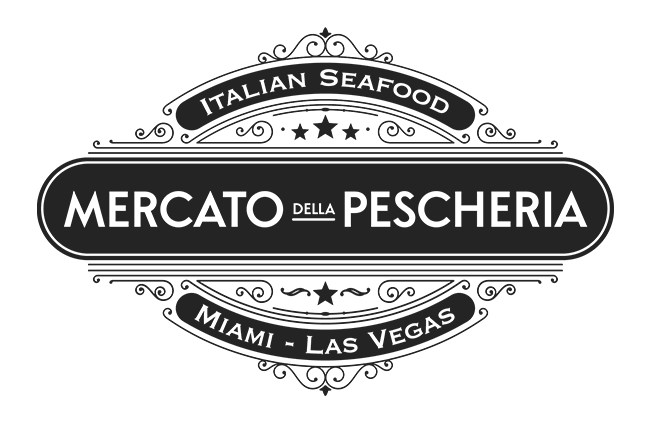What is the secret ingredient in Italian pasta?
Italian pasta is a favorite around the world, but what makes it so special? From its perfect texture to its rich flavor, pasta from Italy is more than a simple meal-it’s an experience. So what is the secret ingredient that makes Italian pasta stand out from the rest? Is it something tangible, or is it a combination of factors that come together to create culinary magic? In this article, we’ll delve into the secrets behind the perfect plate of Italian pasta, exploring the ingredients, techniques, and traditions that make it so irresistible.
The basics: quality Ingredients
The journey to making exceptional Italian pasta starts with the basics: high-quality ingredients. The foundation of most traditional recipes is durum wheat semolina, known for its high gluten content and firm texture. This type of wheat is essential for making the chewy, al dente pasta that Italians and pasta lovers everywhere crave. When combined with fresh eggs, the result is a dough that’s both tender and sturdy, able to withstand rich sauces and hearty ingredients.
In addition to wheat and eggs, water plays a crucial role in pasta making. In Italy, the quality of water used can vary from region to region, contributing to subtle differences in pasta texture and flavor. These simple, yet carefully selected ingredients are the building blocks of authentic Italian pasta.
Tradition and technique: Time-Honored Methods
The quality of the ingredients is only part of the equation. The way the pasta is made is just as important. Traditional pasta-making techniques have been passed down through generations, preserving the authenticity and quality of the dish. For example, hand-rolling the dough and cutting it by hand ensures that the pasta has the perfect thickness and texture.
Slow drying is another technique that distinguishes Italian pasta. By allowing the pasta to dry slowly at a low temperature, the flavors are more fully developed and the pasta retains its structure when cooked. These time-honored methods are an integral part of making the pasta that’s loved around the world.
The role of Italian olive oil
Italian extra virgin olive oil is another key player in the pasta-making process. Known for its rich flavor and health benefits, this oil is used in both the dough and the sauces that accompany the pasta. When added to the dough, olive oil adds a subtle flavor and improves the texture, making the pasta silkier and more cohesive.
In sauces, olive oil acts as a flavor enhancer, bringing out the best in other ingredients. Whether it’s a simple aglio e olio (garlic and oil) sauce or a more complex tomato-based sauce, the quality of the olive oil can make or break the dish.
The secret ingredient: love and passion
So what is the secret ingredient in Italian pasta? It’s not something you can measure or buy-it’s the love and passion that Italian chefs put into their craft. This intangible element is what sets Italian pasta apart from its mass-produced counterparts. Every step of the process, from selecting the finest ingredients to mastering the perfect technique, is done with care and dedication. This passion is evident in every bite, making Italian pasta a true labor of love.
Fresh herbs and flavors: improving Flavor
Another secret to the deliciousness of Italian pasta is the fresh herbs and flavorings used to enhance its flavor. Basil, parsley, oregano and thyme are just a few of the herbs commonly used in Italian cuisine. These herbs add a burst of freshness and complexity to the dish, taking it from simple to extraordinary.
Garlic and onion are also staples in Italian cooking, often forming the base of many pasta sauces. Their aromatic qualities add a depth of flavor that’s unmistakable. When sautéed in olive oil, these ingredients release their natural sugars, creating a rich, savory foundation for the sauce.
The role of Italian cheese
No discussion of Italian pasta would be complete without mentioning cheese. Italian cheeses such as Parmigiano-Reggiano, Pecorino Romano and Grana Padano are essential for adding richness and depth to pasta dishes. These aged cheeses are often grated over pasta, adding a salty, umami punch that complements the other flavors.
In some dishes, such as cacio e pepe, the cheese is the star of the show, creating a creamy, velvety sauce that coats each strand of pasta. The quality of the cheese used can make a significant difference in the final dish, transforming a good pasta into a great one.
Visit Mercato della Pescheria to taste Italian pasta
If you want to experience the true essence of Italian pasta, look no further than Mercato della Pescheria. This authentic Italian restaurant offers a wide variety of pasta dishes made with the same care, passion, and quality ingredients you’d find in Italy.
Our menu features a variety of homemade pastas, fresh seafood, and traditional Italian sauces that are sure to transport you to the heart of Italy with every bite. With locations in Miami and Las Vegas, Mercato della Pescheria is the perfect place to enjoy a true Italian pasta experience.
The secret ingredient in Italian pasta isn’t just one thing; it’s a combination of quality ingredients, traditional techniques, and most importantly, the love and passion of the people who make it. From the durum wheat semolina used in the dough to the fresh herbs and aged cheeses that enhance the flavor, each element plays a crucial role in creating the perfect pasta dish.
So the next time you sit down to enjoy a plate of Italian pasta, remember that it’s not just a meal, it’s a celebration of tradition, craftsmanship and the joy of cooking. And if you want to experience this culinary magic for yourself, be sure to visit Mercato della Pescheria, where you can savor the true taste of Italy in every bite.

